Sometimes when I talk about ecommerce marketing, I hear someone say it.
“I’m surprised robots haven’t replaced all of us yet.”
People say it all the time.
There’s no doubt that automation is getting more and more popular, but many people view it as a threat to their jobs.
While I can’t say for sure if The Singularity will happen anytime soon, I do know that robots can help you do your job without replacing you.
So, even though that dreaded moment might be coming, I think you’re safe for now.
When it comes to marketing, automation is a powerful tool that allows you to get more done in less time.
Recently, marketing bots have become a popular form of automation.
A bot is basically software that you can program to carry out a certain set of actions all on its own.
It’s like a wind-up toy. You build it to do what you want it to, then you wind it up and let it perform the actions all by itself.
This can save you a ton of time and help you complete tasks more effectively. If you program the bot correctly, you don’t have to worry about human error.
And bots are usually cheap to set up and run. Plus, they’re easy to program. (You don’t need to know how to code.)
Bots haven’t been trendy for long, so a lot of bot possibilities are still being explored. But there are also several ways to incorporate bots in your digital marketing right now.
Interested in using bots? Let me help you get started. Here are my 9 favorite ways to include bots in any marketing strategy.
1. Communicate with website visitors
This is one of the most useful and popular bot actions. It takes a huge amount of work off your hands, and it has a ton of benefits.
When visitors come to your site, they’ll want answers about your products or services. If they can’t find those answers, they may never come back.
Helping your potential customers is a priority, but that can be difficult if you have a small customer support or sales team.
That’s where bots can come in and save the day.
You can set up a bot to emulate live chat and talk with your customers.
Bots from My.LiveChatInc.com, for example, are set up to do just that.
It might come as a surprise that customers actually appreciate messaging.
Econsultancy found that 57% of customers prefer live chat.
In one survey by Ubisend, almost half of the respondents preferred messaging to email or phone.
Bots give you a super easy way of creating a messaging environment without needing a devoted team of sales reps.
Make sure to sound human when you’re setting up your bot.
Write questions and messages in your own voice, and make sure it aligns with your branding.
If the bot sounds too stiff, people will be less likely to interact with it.
For an added touch, try giving your bot a name and/or a profile picture. Most bot providers allow this kind of customization.
You can set this default bot persona to be a generic name and image, but I suggest using a real person within your company.
Even if the customer ends up talking with someone else, they’ll still respond positively to seeing a real human at work (even if it’s not).
2. Conduct research
I write dozens of blog posts each year. I’ve learned to streamline the process, but I still spend quite a bit of time on research.
If you’ve ever had to research an article, you know it can sometimes be a pain.
I’m always looking for ways to research more efficiently, and I was surprised to find that bots can help you do exactly that.
Take GrowthBot, for example.
This bot can do everything from finding prospects to analyzing traffic.
Something that’s nice about GrowthBot is its accessibility. You can use it with Slack, Facebook Messenger, and Twitter.
You probably already use all three of those tools, so adding a bot like GrowthBot is an easy next step.
If you find yourself multitasking every day, a bot can take on some of those responsibilities and let you focus on the important things.
I should point out that using bots for researching isn’t the best option for everyone.
If all you’re doing is a few Google searches here and there, having a bot dedicated to research would honestly be overkill.
But if you’re constantly checking up on your competition and always finding fresh content to use, then a bot will be worth its weight in gold for you.
3. Qualify your leads
That’s right. These bots can even qualify your leads for you.
Lead management can often give you a headache. Leads sometimes require a lot of nurturing, and while it’s worth the result, it’s also pretty tiring.
So why not have a bot do it for you?
You can program sets of questions to find out where a customer is in the sales funnel.
This works surprisingly well, and often, your customers won’t even know they’re talking to a bot.
Driftbot by Drift is a good example of this kind of software.
The bot looks just like a live chat box.
Since it looks so common, your users will be happy to engage with it.
The best way to properly qualify your leads is to use live chat (with a real person) alongside the bot.
The bot handles the grunt work of bringing the lead in and finding the right product or service for them.
Then you or one of your reps can come in and close the deal.
It’s dead easy and works seamlessly with your existing lead nurturing strategies.
4. Organize your team
When we say “marketing strategy,” we often think of things like SEO, Facebook Ads, and blog posts.
We don’t often think of team performance.
But that’s one of the most important parts of every marketing strategy. (Unless you’re a solopreneur.)
There’s always a certain amount of friction that happens within teams. Getting everyone on the same page will reduce that friction and help you do everything better.
Bots like Standup Bot and Nikabot make that task a lot easier.
These bots help you track what everyone on your team is doing and keep everyone up to date with each other.
These tools are especially useful if you’re a part of a remote team.
The best projects I’ve ever worked on all came from great communication within teams. Whether your team is big or small, you should always focus on making your team better.
5. Personalize the user experience
71% of customers prefer personalized ads.
In fact, customers love personalization across the board.
If you’re not providing that customized experience, you could be losing out to your competitors.
It’s a lot easier than it seems to use bots for personalization.
One way that bots get personalized is to provide “quizzes” or a series of questions.
Many chatbots can be programmed to take data from your users and turn that into a personalized experience.
CNN’s bot sends customized news feeds to users based on lists of options:
That’s one of the reasons why it’s a top news bot that’s gotten a lot of attention.
It goes to show that a little personalization can go a long way.
This concept applies to all kinds of bots.
Specifically, many Facebook Messenger bots can be easily set up for personalization.
The idea is to present the user with a series of options. The bot will then bring up results based on what the user chooses.
This allows for a detailed, personalized response at every stage of the customer journey.
You can also ask for the user’s details, such as their name, to give an even more personalized experience.
If you’ve been hesitant to try out bots for yourself, this is a good first step.
Bots aren’t evil forces out to replace you. Instead, they’re tools that you can use to get the results you want.
6. Integrate bots with messaging platforms
This is where bots really shine.
Chatbots are most popular with messaging platforms. That makes a lot of sense. After all, most bots are designed to communicate with your customers.
In particular, there are a lot of bots available for Slack and Facebook Messenger.
Slack bots are great for behind the scenes use at your company, while Facebook Messenger bots are best used for leads.
Let me break down how you can use each platform.
Slack offers pages of bots to help you make polls, analyze statistics, send emails, and a whole lot more.
The bots range from simple to complex, and you can do just about anything you can think of.
For example, Birdly keeps a running total of your expenses in a Google Sheet.
And MazenBot delivers SEO knowledge right to your Slack channel.
Want to check your website’s rankings or find keyword statistics? MazenBot can help you out.
Now let’s look at some of the bot options available for Facebook Messenger.
If you want a new and fresh way to interact with your customers, it’s hard to beat a Facebook Messenger bot.
These bots talk directly to your users and do all of the hard work for you. They’re basically the customer interaction bots I talked about earlier, only on Facebook.
Messenger bots are especially handy for ecommerce stores. You can sell your products without ever lifting a finger. The bot does it all.
For example, a bot guides a customer to the correct product, making it easy to purchase the right product.
Remember when I talked about bots qualifying your leads? That’s exactly what’s happening here.
Plus, Facebook bots are easy to make. You don’t have to know any code.
Programs like ManyChat help you put together a bot with features that you specify.
It’s simple to set these things up!
Still on the fence? Let me tell you about a campaign some of my colleagues worked on.
They used Facebook Messenger instead of a more traditional channel like email or paid ads. And I have to admit, I was skeptical at first.
The results? 88% open rate and 56% clickthrough rate.
That was enough to convince me that Facebook Messenger bots can revolutionize a bland marketing strategy.
7. Sell your products
I hinted at this in the last section, but this topic is so expansive that it warrants its own space on this list.
This is one of my favorite bot integrations because it’s so darn useful.
You can create a bot to sell products completely on its own.
The bot interacts with the customer to find the right product, and the customer can even head to the checkout right from the bot interface.
Clothing company H&M uses a chatbot to sell items on the messaging service Kik.
It asks standard questions like age, gender, and style preferences, but it’s also a conversational bot.
You won’t find any robotic-sounding questions here. It sounds just like one of your friends is helping you pick out a new outfit.
Once you find a piece of clothing you like, you can go right to the H&M site from the Kik app.
Then you can check out like normal.
From a marketing perspective, this is awesome. Your users guide themselves through the sales funnel.
If you really want to go the extra mile, you can use a loyalty program in conjunction with the bot.
That’s even less work for you to deal with.
The bot does practically all of the marketing and sales, and you never need to step in and do anything yourself.
8. Get demographics and psychographics
You’ve probably already realized that a bot can be a fantastic way to find out information about your customers.
The best part is that your users will never feel like they’re going through a lengthy survey or entering in a bunch of useless information.
It’s all super casual like a conversation should be.
Don’t forget those statistics I referenced at the beginning. About half of surveyed consumers (across multiple surveys) prefer messaging to other forms of communication.
So it’s natural that customers would be willing to talk to a bot for a while.
Some customers may be willing to talk with bots about sensitive information. I know that sounds strange, but for many, a chatbot provides a safe space or comfort zone.
You can find out not only what your users want to buy but also why they want to buy it.
People provide all kinds of information in their messaging sequence, furnishing super relevant information to the bot. This Nordstrom bot conversation proves the point.
Once the bot receives the information, it can store the data and make it available for exporting later on.
You can be as simple or as complex as you want to be. That’s the beauty of bots.
Need more? Bots also give you the ability to track each customer’s purchasing patterns. It can store information for future use and improve personalization for each individual user.
Getting to know your users better is an important part of every marketing strategy. Sadly, not enough marketers focus on it.
Be proactive and get more information on your audience. You’ll be able to recommend better products and more effectively make sales.
9. Increase engagement by starting a conversation
For decades, advertisers have been trying to figure out the perfect way to start a conversation with customers.
Usually, we do this through ads. We write copy that’s compelling and relevant before crossing our fingers.
This can work, but it makes you wonder: Is there a better way?
With bots, you can start a literal conversation.
You can set up your bot to reach out to the user first.
Check out Drift’s site again. If you head to their pricing page, you’ll see a little notification in the bottom right corner:
The bot is acting like a retail sales associate would, greeting you as you enter the store. Only, in this case, you’re a digital customer visiting an online store.
The bot happily asks specific questions:
Even though you know it’s a bot, you can’t help but feel compelled to respond.
There’s some important psychology at work here.
Think about it. If you walk into a store, you may or may not start up a conversation with an employee.
But if someone walks up to you and starts talking, you’re going to respond.
That’s why using bots to start conversations is so useful. You’re almost guaranteeing a response from the user, which means they automatically move down the sales funnel.
That’s not all. If a bot asks the right questions, it can carry the momentum of a real face-to-face conversation.
Your bots don’t have to lie in the background. They can make the first step and close a lot of sales for you.
Conclusion
Even just ten years ago, if you had told me that one-day bots would be able to do all of this, I would have laughed.
It’s amazing how far technology has come in the last several years, especially for digital marketing.
But some things never change.
Customers are always going to want a great experience. Even if everything is automated in the future, nothing will change the need for optimal user experiences.
We can use bots to automate a huge chunk of the marketing process, but that doesn’t mean we can make the process cold and impersonal. Quite the opposite.
You have to think about your customers every step of the way.
Only then will tools like bots really be able to do their best.
So if you’re considering using bots for your marketing strategies, by all means, try them out!
But don’t let them water down your marketing.
Bots are doing some amazing things, and I’m excited to see what the future has in store.
In the meantime, check out all the different bots and take advantage of what they can do for you.
What is your experience with marketing or service bots?


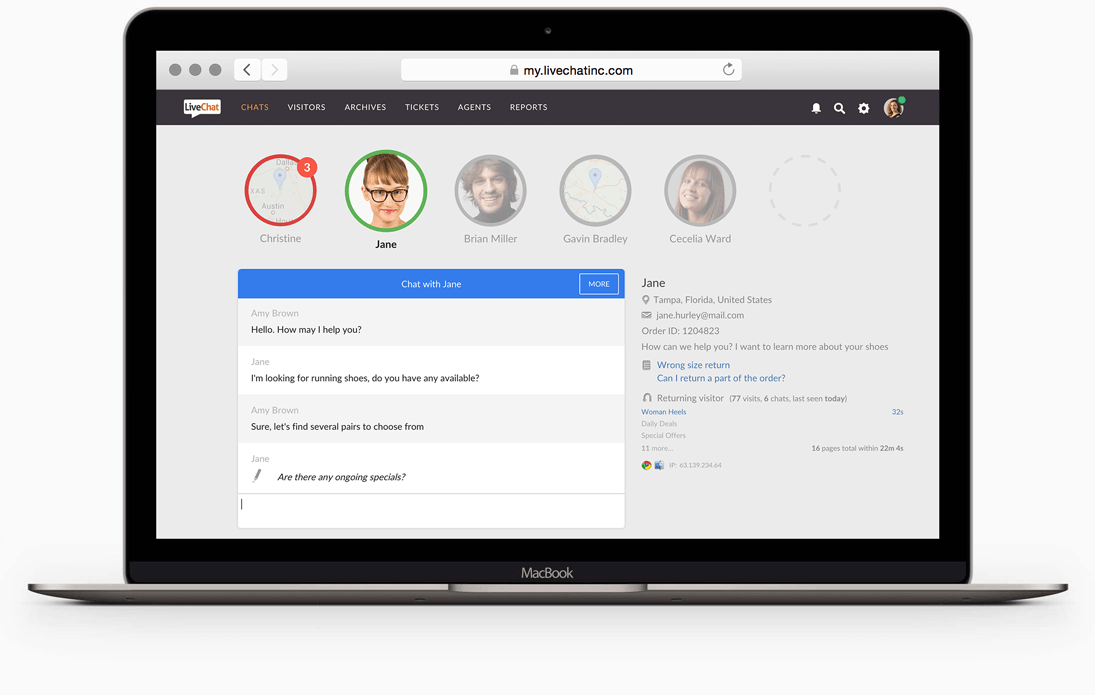
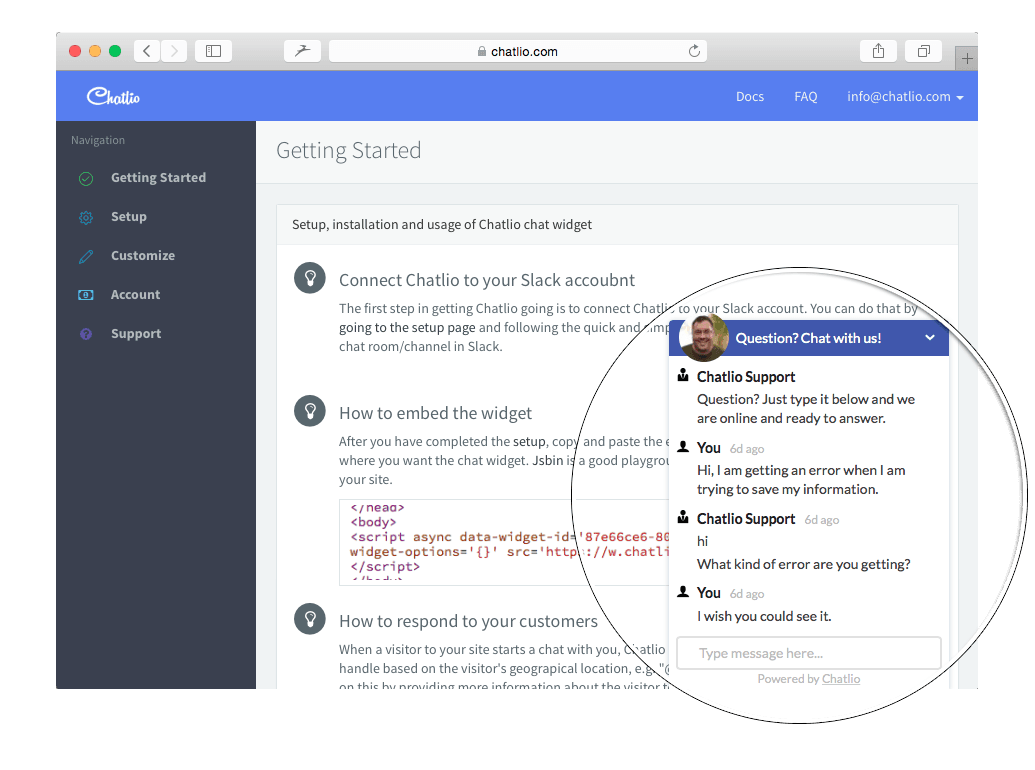
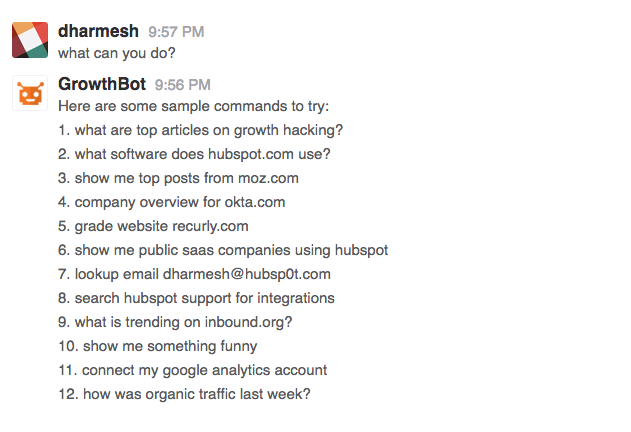
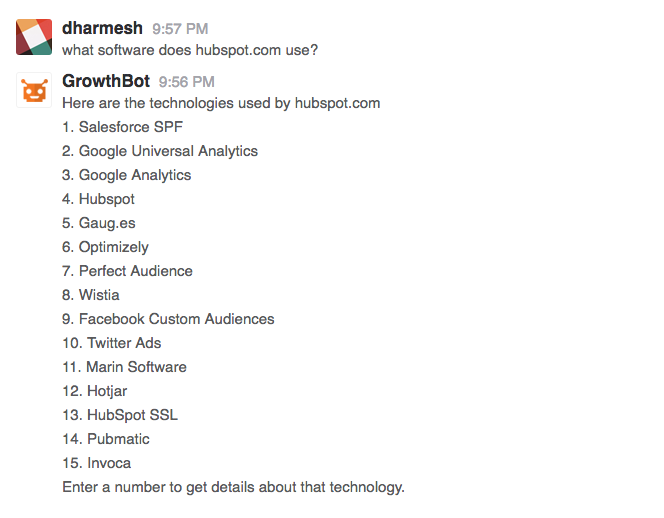

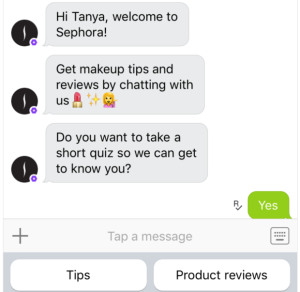
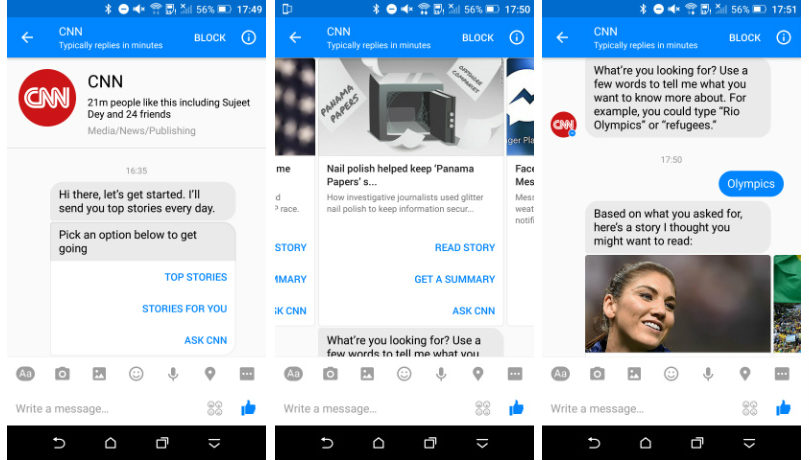




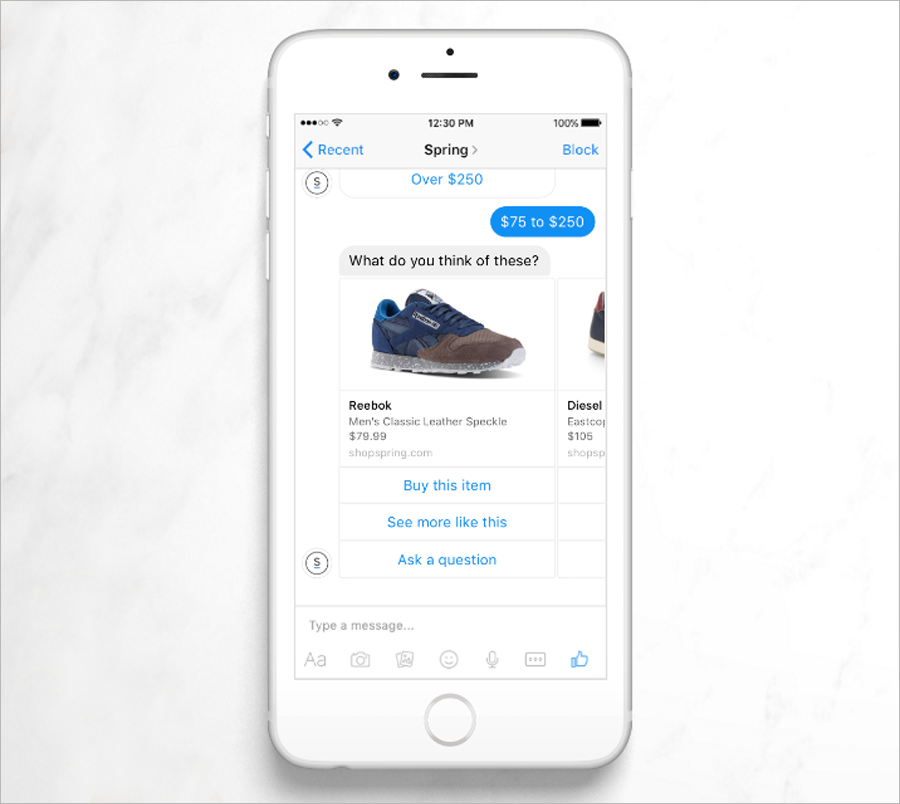
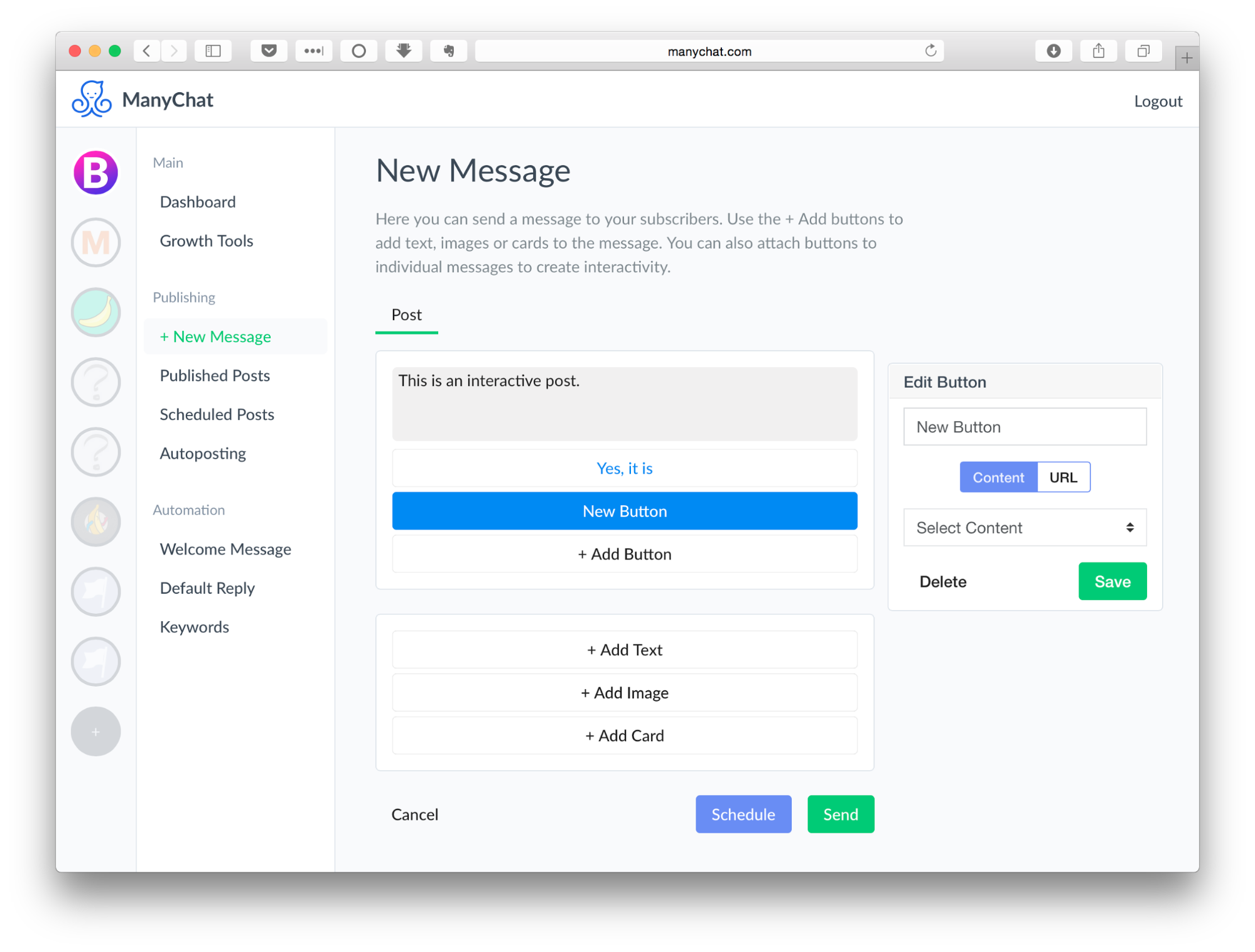
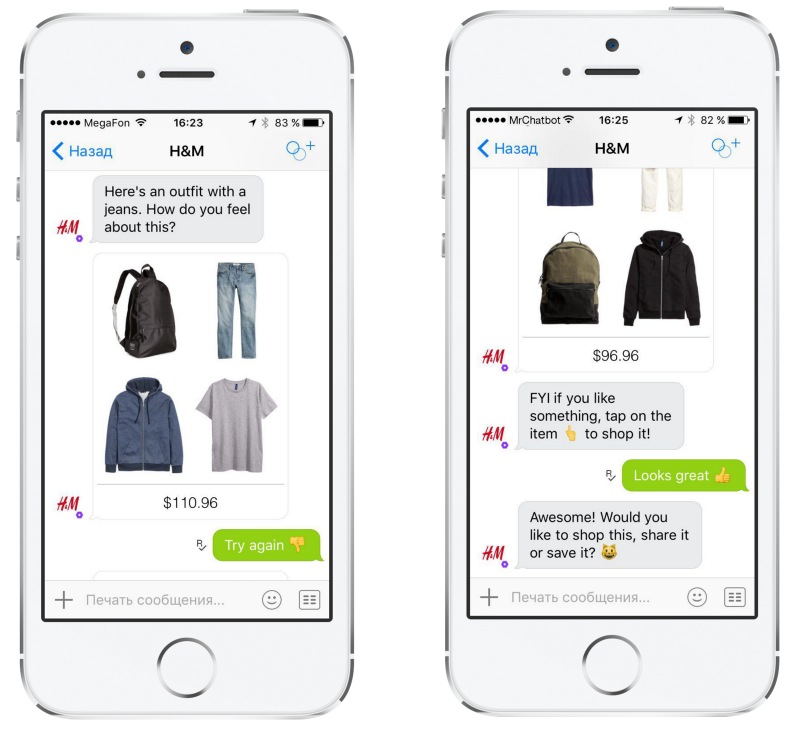
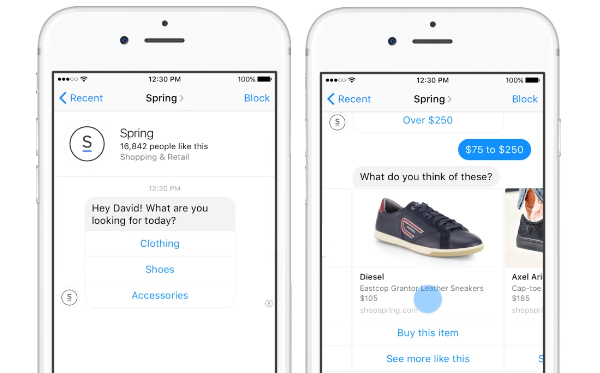
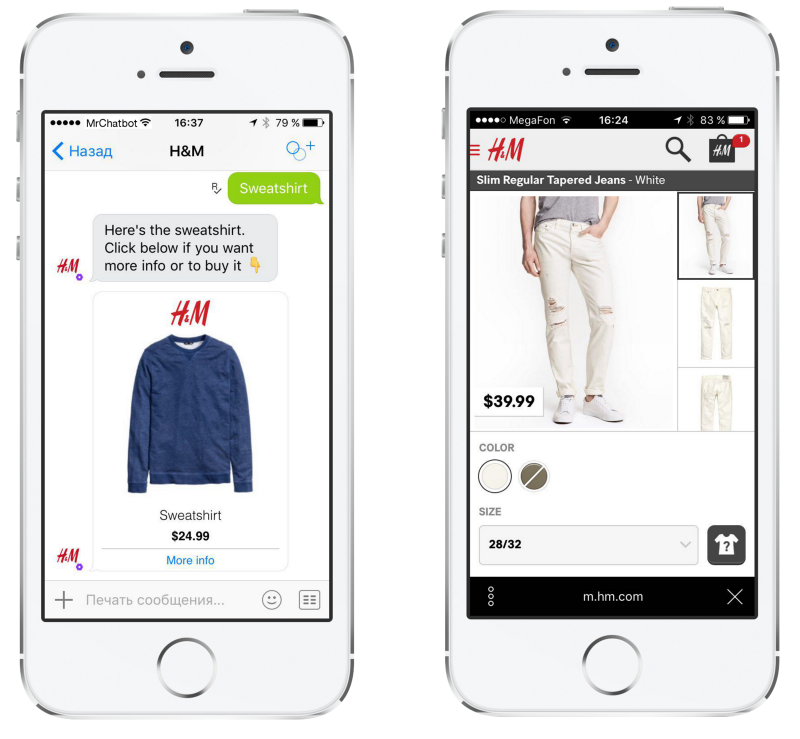


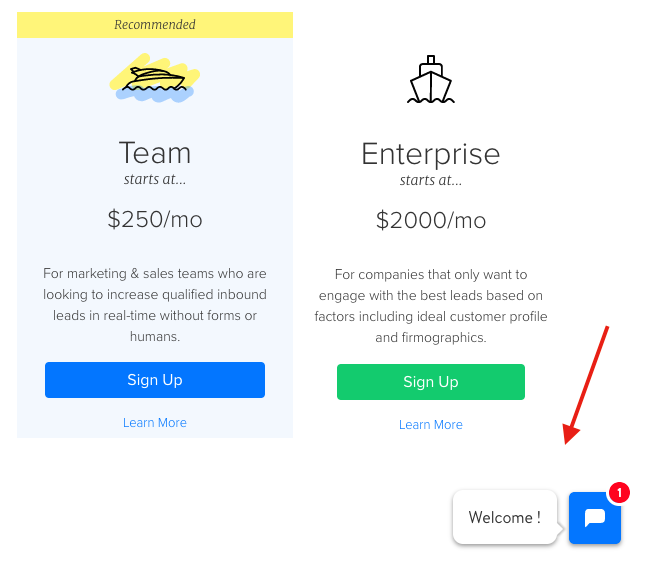

Comments (34)